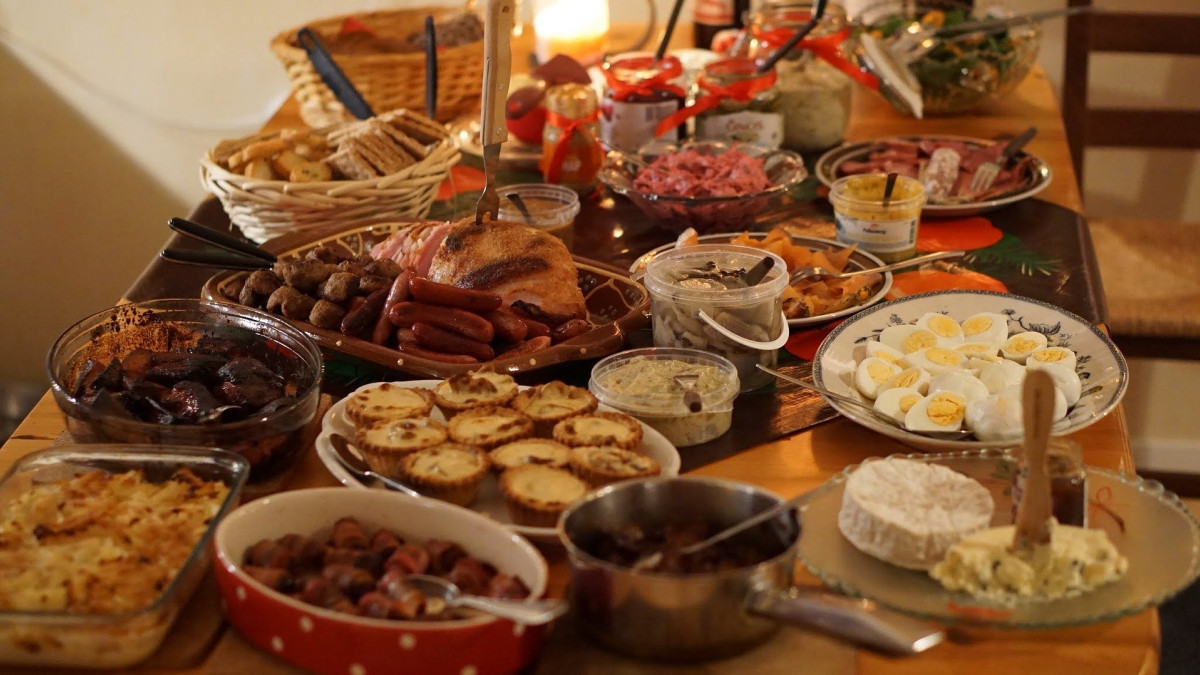
- Environmental protection
- Health surveillance
- Animals
- Decision
- Online transaction
- Contact us

Safe cooking in the home kitchen means careful handling of raw materials and food, good personal hygiene and suitable tools for food preparation. There are a few hygiene rules in food handling and food preparation that you should keep in mind. When you handle food with care, you can be sure of good food quality. Also keep work tools, kitchen cabinets and appliances clean.
Always start food processing by washing your hands
Unwashed hands always have microbes from the environment and the skin itself, such as bacteria and viruses. When food is handled with bare hands, bacteria and viruses are transferred from the hands to the food. The best way to avoid disease-causing microbes getting into food is to wash your hands thoroughly with soap and water.
- Hands should always be washed before preparing food, if necessary also during it and always before eating, he says environmental engineer Tiina Päätalo From the Imatra region's environmental initiative. Tiina also reminds that you should not prepare food for others when you are sick.
Hygienic work practices and a clean kitchen
When handling food, pay attention to clean working methods. Avoid unnecessary hand contact with food, especially ready-made food. Use tools whenever possible. Reserve separate cutting boards for raw meat and fish, vegetables and bread, if possible. Plastic cutting boards are the best, as they are easy to wash in the dishwasher as well.
Also pay attention to the cleanliness of the kitchen while cooking. Clean the fridge before buying Christmas goodies.
Store in the cold
You should be careful when handling Christmas fish delicacies. Fish spoils easily. Fresh fish, and all protective and vacuum-packed fish preparations and roe should be stored at 0 to +3 °C. Use the products by the expiration date.
Other fish preparations, such as semi-canned fish (for example, herring in a glass jar), should be stored according to the instructions on the package, however at a maximum of + 6 °C. Unopened whole fish cans can be stored at room temperature. Do not use products whose packaging is broken or bulging.
Note the risk of listeria in gravy and cold-smoked fish. Listeria bacteria have been regularly detected in vacuum- and protective gas-packed, cold-smoked and salted fish products. Listeria is a common environmental bacterium that can cause illness in the elderly, immunocompromised individuals, and pregnant women. Healthy adults and children rarely get seriously ill.
Cook ham and poultry to at least +75 degrees
When preparing Christmas meals, remember that raw meat can contain bacteria that cause food poisoning. Handle raw and cooked meat with separate tools.
Cook the meat all over to a temperature of at least +75 degrees. Disease-causing bacteria are destroyed at this temperature. Use a meat thermometer when cooking.
Eat the ham within a week
Foods that require cold storage must be stored correctly in order to remain safe. Christmas delicacies such as ham, fresh cheeses and pies must be kept cold at all times, below +6 degrees. The ham should be eaten within a week, i.e. by the new year.
Homemade mustard does not last as long as store-bought mustard. Storage is affected by e.g. manufacturing hygiene and mustard raw materials. Always store homemade mustard in the refrigerator, where it will stay good for a few weeks.
Heat only as much as you can eat
Bring only the necessary amount of food to room temperature. In terms of hygiene, it is safer to, for example, cut the required number of slices of ham into a serving dish instead of bringing the whole ham to the table to warm up.
Throw away uneaten food kept warm. Do not mix old and new food together, for example leftovers from boxes or frozen food kept warm with new food.
If hot food is not eaten immediately after preparation, it must be cooled as quickly as possible before moving it to the refrigerator, for example in a cold water bath or covered outside.
Heat boxed food to more than + 60 degrees
Thaw frozen boxed meals in the refrigerator so that they do not get warm during defrosting. Heat the boxes properly to a temperature of over +60 degrees. Do not heat and cool the boxes several times and do not mix a product that has been heated once with a new one.
Keeping warm food at room temperature and letting it cool down slowly allows food poisoning bacteria to multiply in the product. It is better to heat the amount of boxed food you can eat at once and keep the rest cold in the refrigerator. Do not refreeze the thawed box.
Finally, Tiina Päätalo reminds that hgood hygiene, a durable cold chain, proper handling and storage of food are the cornerstones of safe eating.
For more information: